Build-A-Rig Round 1: The $1500 PCs and Interviews from Corsair and Zotac
by Ian Cutress on July 8, 2015 5:15 PM EST- Posted in
- Build-A-Rig
- Corsair
- ZOTAC
- Interview
Corsair's 'The Accelerator'
When Dustin from Corsair sent me his build, it was clearly obvious where the focus was. While $1500 is a relatively large budget for a system, when you put in the high value components it starts to get tricky where the rest of the budget should be spent, and sometimes compromises have to be made. As Dustin says in his interview, the build is designed for 4K single monitor gaming, and it clearly shows.
| Corsair's 'The Accelerator' | |||
| Component | Selection | Price as Chosen |
90-Day Average |
| Processor (CPU) | Intel Core i5-4690K | $239.99 | $237.62 |
| Motherboard | GIGABYTE GA-Z97-HD3 | $89.99 | $97.99 |
| Graphics Cards (GPU) | Zotac GTX 980 Ti | $649.99 | $649.99 |
| Memory (DRAM) | Corsair Vengeance Pro 2x8GB DDR3-1866 C9 |
$104.99 | $118.36 |
| Storage (SSD/HDD) | Corsair Force LS 240 GB SSD | $94.99 | $99.51 |
| Power Supply (PSU) | Corsair CS650M Gold | $94.99 | $94.99 |
| Chassis | Corsair Carbide 200R | $59.99 | $59.99 |
| CPU Cooling | Corsair Hydro H60 | $64.99 | $64.33 |
| Operating System | Windows 8.1 64-bit OEM | $99.99 | $99.99 |
| Extras | None | ||
| Total | $1,499.91 | $1,522.77 | |
Processor (CPU) – Intel Core i5-4690K ($240)
In Intel’s processor line, the K branded models are those designed for overclocking. They cost a little bit extra, but with the right cooling can be pushed a few hundred MHz higher. The Core i5-4690K is the Devil’s Canyon quad core model without hyperthreading (the i7 has HT, but costs extra), but I often chosen as the processor that fits on the price/performance boundary for many Intel focused builds.
Motherboard – GIGABYTE GA-Z97-HD3 ($90, total so far $330)
The Z97-HD3 comprises of two factors here. The Z97 is the overclocking chipset, meaning that it fits in well with the overclocking processor. The HD3 is part of GIGABYTE’s channel range, aimed at bulk build systems but still aims to retain GIGABYTE’s level of options (such as Dual BIOS and Realtek ALC1150 audio) at a lower price point. Looking at the build as a whole, it is clear that this is an area where cost was perhaps saved in order to get the price down, otherwise one of GIGABYTE’s OC models might have been on the cards.
Graphics Cards – Zotac GTX 980 Ti ($650, total so far $980)
At almost half the cost of the whole machine, Dustin from Corsair has plumped straight for NVIDIA’s recently released high end performer aimed at 4K gaming. In an element of camaraderie, here we have Zotac’s base version of the card but it represents the core element of the system. Matched with an overclocked i5 and all in for a $1500 price point is perhaps a level of epic specification prodding, although only if the rest of the system can withstand it. The Zotac GTX 980 Ti sits with 2816 CUDA Cores on large Maxwell at 1000/1076 MHz on the core, 6GB of GDDR5 at 7010 (effective) MHz and the stock cooler.
Memory – Corsair Vengeance Pro 16GB (2x8GB) DDR3-1866 ($105, total so far $1085)
For a dual channel platform, Z97 needs at least two memory modules to achieve full memory bandwidth. The dual channel kit here is not the best and brightest, but it does represent a small increase over the base speed (1600 MHz) and for 99% of users, the 16GB amount should be more than enough.
Storage – Corsair Force LS 240GB ($95, total so far $1180)
The sole drive in the system is Corsair’s 240GB budget range drive, featuring the Phison PS3108 controller which Kristian reviewed here. In most cases, especially in 2015, one of the biggest upgrades a system could have is an SSD. Now we are over the initial entry period where some early models had performance issues, almost everything from the big brands should feel speedy. There is still a performance delta between the mid-range and the high-end, as well as some differentiation in utilities or specific features, but for a $1500 build, the SSD should still be a de-facto add.
Power Supply – Corsair CSM Series 650W CS650M 80PLUS Gold ($95, total so far $1275)
In most systems the big power sources are the CPU and the graphics card. For this build, the CPU sits at a TDP of 88W with the GPU at 250W. If we consider that the rest of the system adds on a small amount (~50W), and that we might use some extra power with an overclock (+25%), then 650W is well within the margin for the components used. As we’ll see in the interview in the next page, Corsair is very confident in their power supplies, even ones sitting in the mid-range of their product lines, to power 4K gaming builds.
Chassis – Corsair Carbide Series 200R ($60, total so far $1335)
You may be noticing a pattern here – in order to fit both the i5 and the GTX 980 Ti into the system, Corsair is having to use their entry and mid-range components in order to match the pricing. The 200R here is admittedly a low margin but higher volume product for Corsair, and at $60 we don’t see any aluminium for example. However, Corsair still retains that even their entry level components are suitable for gaming builds of this caliber.
CPU Cooling – Corsair Hydro Series H60 ($65, total so far $1400)
With CPU cooling there is obviously two ways where most companies will go: large air coolers or closed loop liquid coolers (CLLCs). There are a number of vocal detractors from CLLCs, focusing on their cost, design or even concept altogether. Corsair is head first into the CLLC market, meaning it was pretty obvious which direction they would choose. The H60 is another mid-range component, featuring a double-width 12cm single radiator with fans.
Operating System – Microsoft Windows 8.1 64-bit OEM ($100, total so far $1500)
Windows 10 is around the corner, so at this point Windows 8.1 is the defacto choice unless for some reason the builder went with a gaming system built on Linux. This is the OEM edition, meaning limited support, but it will still be viable for an upgrade to Windows 10 when the time comes.
| Corsair's 'The Accelerator' | |||
| Component | Selection | Price as Chosen |
90-Day Average |
| Processor (CPU) | Intel Core i5-4690K | $239.99 | $237.62 |
| Motherboard | GIGABYTE GA-Z97-HD3 | $89.99 | $97.99 |
| Graphics Cards (GPU) | Zotac GTX 980 Ti | $649.99 | $649.99 |
| Memory (DRAM) | Corsair Vengeance Pro 2x8GB DDR3-1866 C9 |
$104.99 | $118.36 |
| Storage (SSD/HDD) | Corsair Force LS 240 GB SSD | $94.99 | $99.51 |
| Power Supply (PSU) | Corsair CS650M Gold | $94.99 | $94.99 |
| Chassis | Corsair Carbide 200R | $59.99 | $59.99 |
| CPU Cooling | Corsair Hydro H60 | $64.99 | $64.33 |
| Operating System | Windows 8.1 64-bit OEM | $99.99 | $99.99 |
| Extras | None | ||
| Total | $1,499.91 | $1,522.77 | |
There are many philosophies regarding building a PC, particularly a gaming PC. Some say that focusing on one high profile component and building the system around it means that when it comes time for an upgrade the user can then spend on the lowest performing part each time before cycling around the system. Others suggest making the system a level playing field, so no one part is left behind acting as a severe bottleneck. With gaming, GPU performance matters, with CPU performance (particularly threads in newer titles) being a key aspect as well. This has perhaps left the rest of the system fighting over scraps, albeit with potential upgrade opportunities in the future. Though one might argue that aesthetics should also be an important aspect, especially on a $1500 build. Some will prefer the muted choice of parts, although others may want something a little more obvious. For that, it is clear that some performance sacrifices might have to be made.


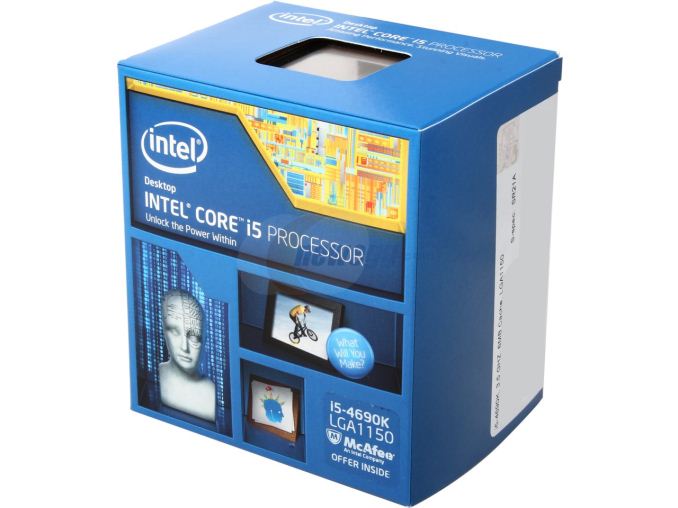
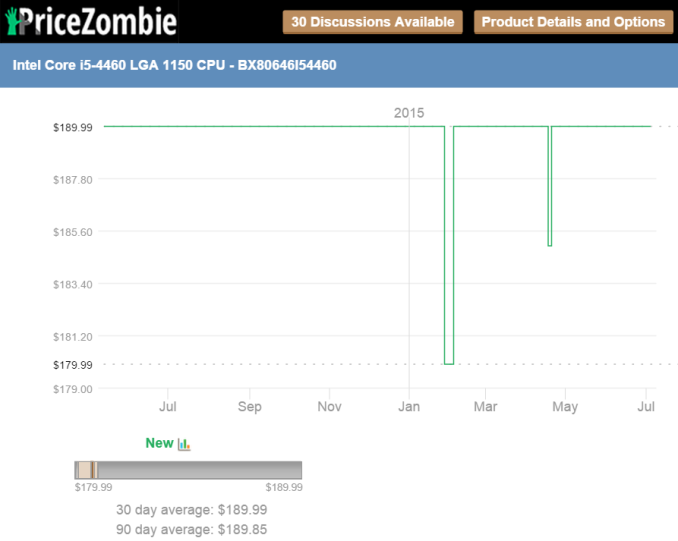
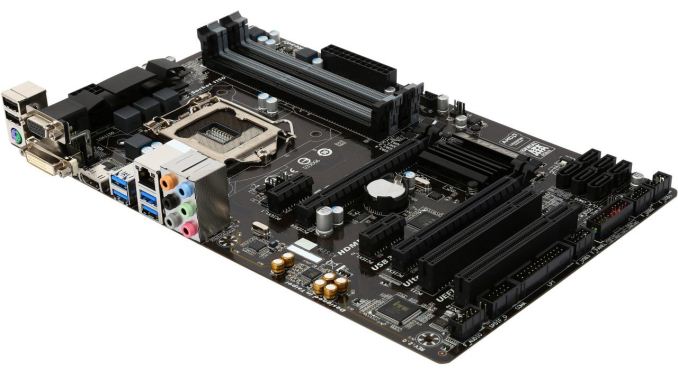
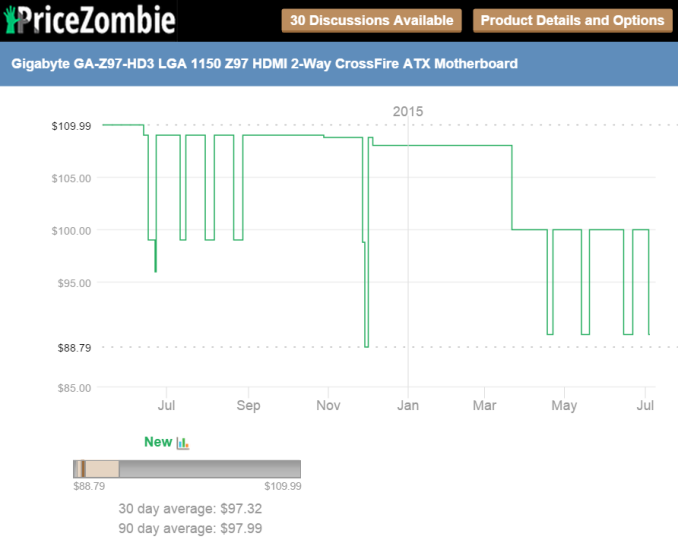
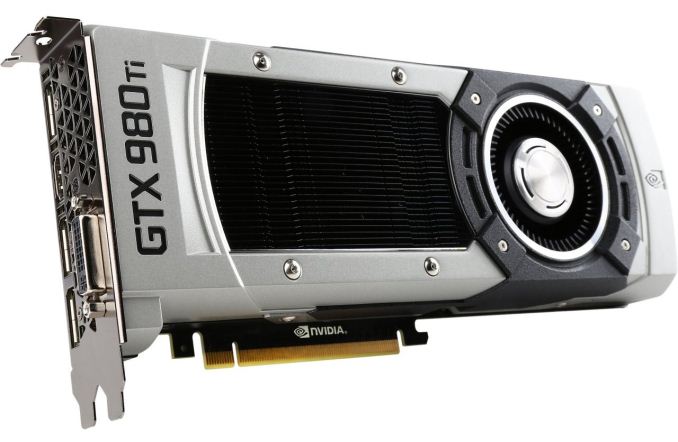
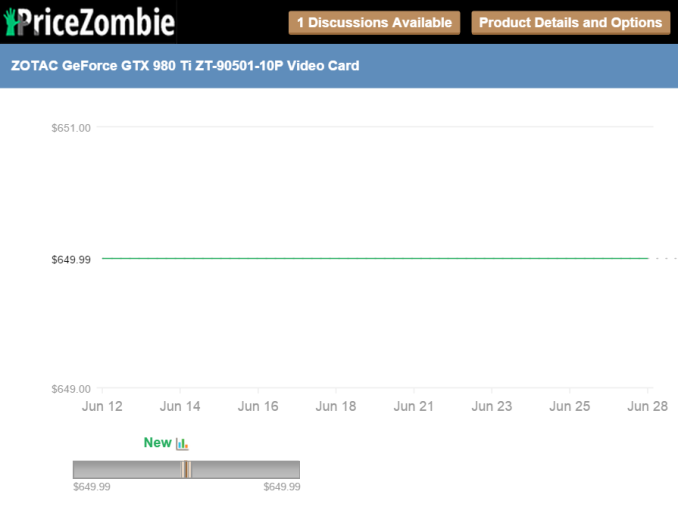
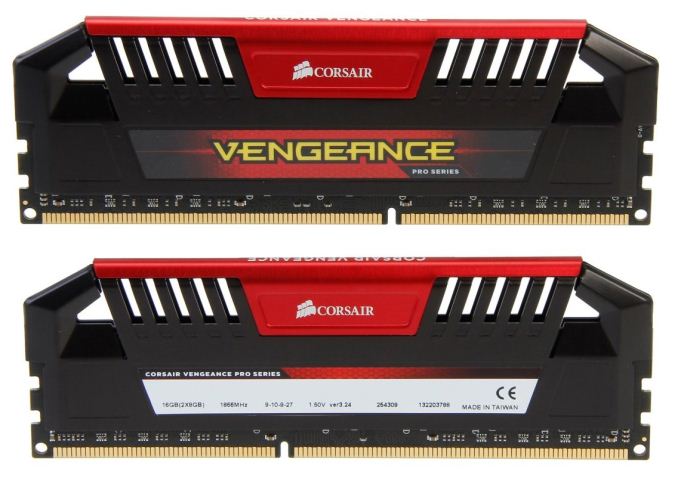

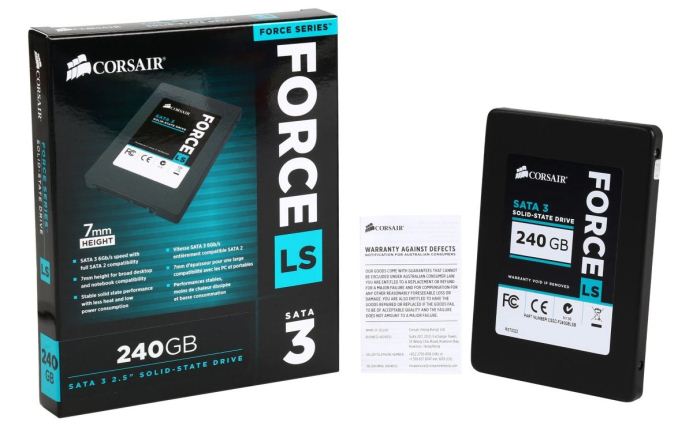
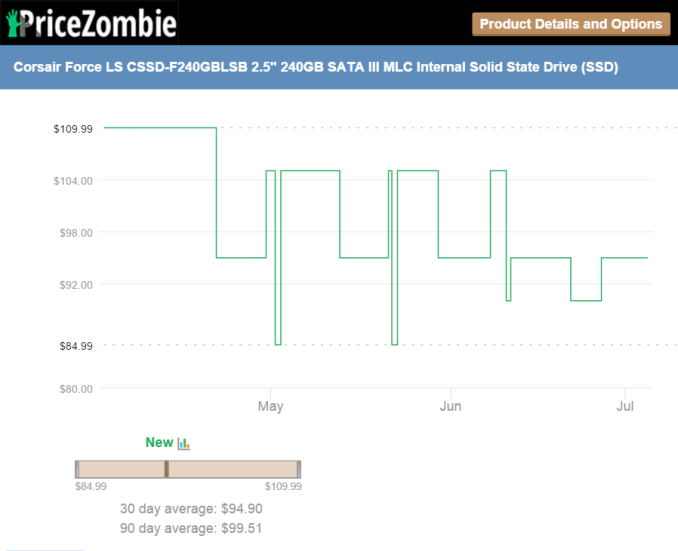


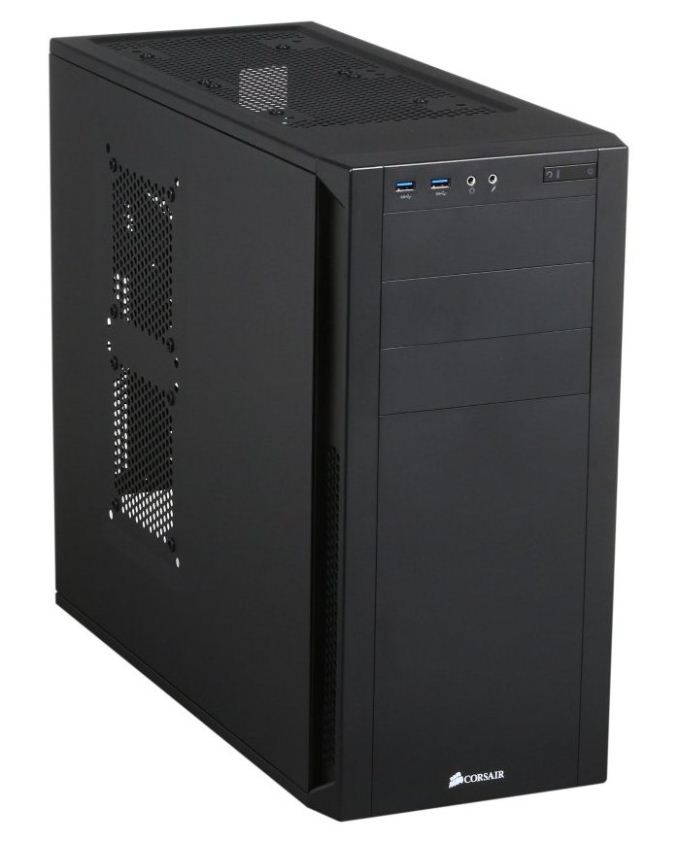
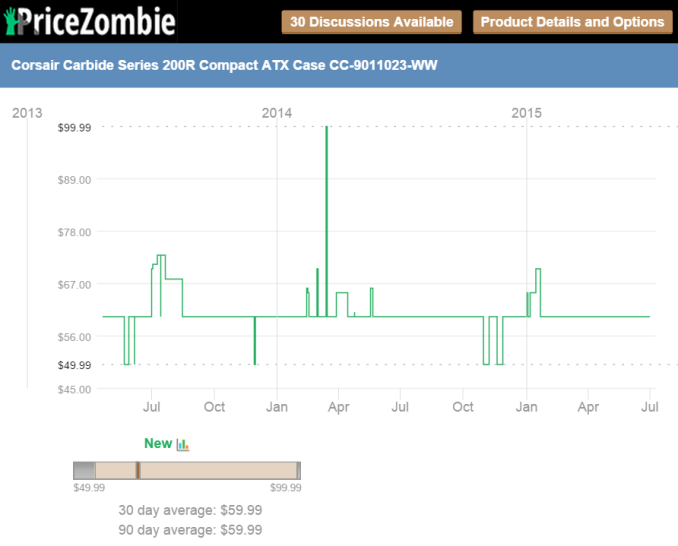
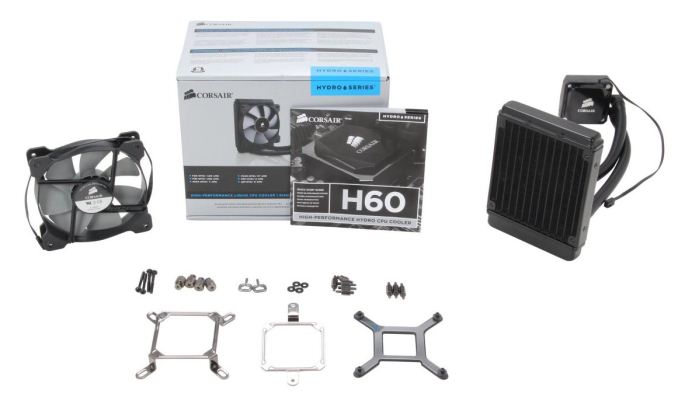
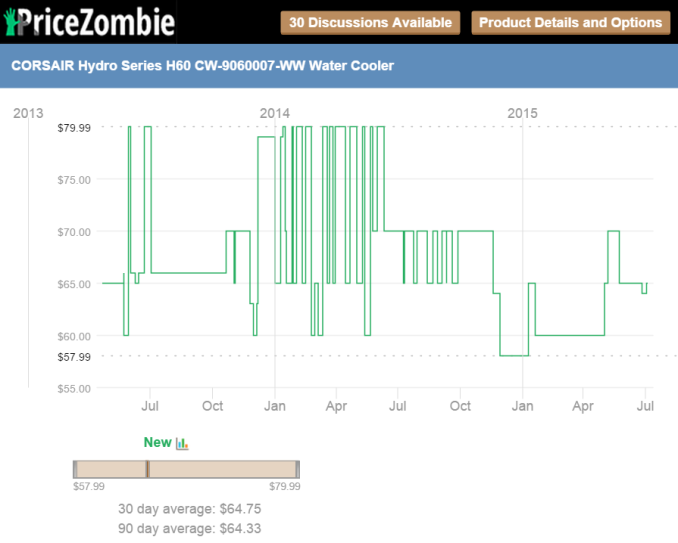
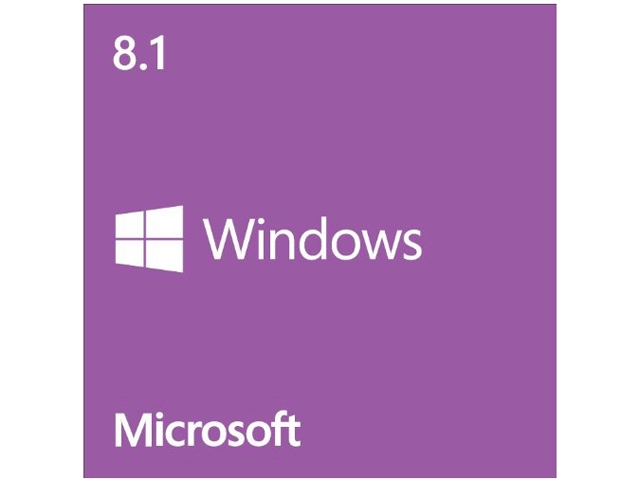
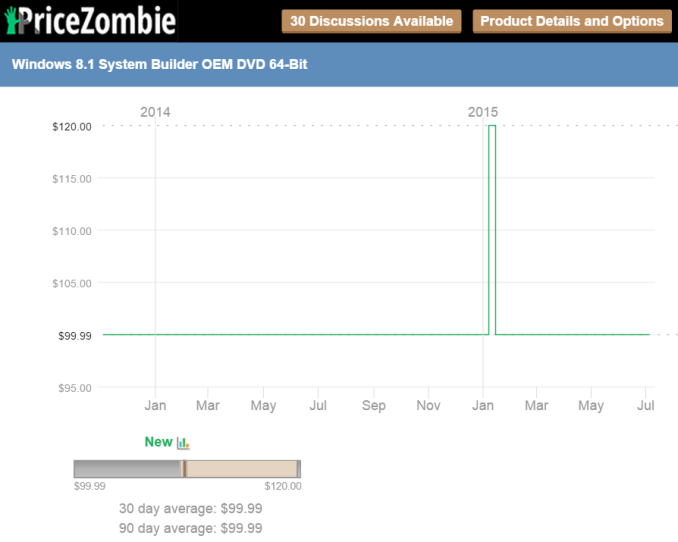














117 Comments
View All Comments
Ian Cutress - Thursday, July 9, 2015 - link
We specified this build as $1500 single monitor gaming, and left it at that. It was up to the entrant to decide if that was 1080p, 1440p or 4K, or if that meant steambox type arrangements or hardcore PC type builds. We specify budget and direction, and the rest is up to them. That means they have to consider the audience they're building for, and design appropriately. If we lock it down too much, we end up with minor variations of case, CPU and GPU.If you've got an idea for a future budget / build aim, e.g. $700 HTPC, let me know. I'm compiling a list of what people are requesting for future rounds of the project.
Freaky_Angelus - Thursday, July 9, 2015 - link
Good day Ian,Not so much requesting but merely suggesting that the already proposed 'console' idea gets a more separate field or the HTPC needs Audio as a required component.
For me HTPC means showing exactly that, Home Theater and would be stuck at 4 requirements:
- Playback video
- Audio delivery
- Design
- Storage
$700 is rather high (considering my now old HTPC of €350) for just a htpc build, the upgrade to 4K (don't have, but it can barely do that) is minimal on that. You'll need a full Home Theater build (including audio approach i.m.o.) to make it interesting on $700.
If you'd expand that direction towards a Console HTPC, as gamer1000k did, regardles of budget for the competition, you'll have a direction that can go many ways. You define the TV and state: "Budget X and build a console HTPC for this TV. Room has couch, go fill!"
With the same $1500, gamer1000k will now have a (close to) perfect console, but no way to listen to music except the earplugs his phone brought with him ;) That may make the overall competition more challenging as I'm afraid this current setup will see a lot of i5 4660/4760K etc cores combined with 960/970/980 selections.
Freaky_Angelus - Thursday, July 9, 2015 - link
Sorry, obvious the TV has some speakers but no self-respecting movie fan will disagree you need more than that ;) so in advance, yes gamer1000k could also listen through the TV!wrkingclass_hero - Thursday, July 9, 2015 - link
I wish that the Build-A-Rig contest was champion format, with the previous winner returning to face the new challenger, that way I get to see Dustin kick everyones' asses as the perennial champ.Galcobar - Thursday, July 9, 2015 - link
Noticed in a few spots that specs for parts weren't filled in; i.e. on The Accelerator build page the GPU draws 2xx watts.Ian Cutress - Thursday, July 9, 2015 - link
Thanks for the catch! I wrote some of this offline while travelling and didn't have immediate access to the data, then didn't see it on the copy edit runs. I found two of the missing bits of info - any more let me know. :)leopard_jumps - Thursday, July 9, 2015 - link
PCPartPicker part list: http://pcpartpicker.com/p/MfwFLkPrice breakdown by merchant: http://pcpartpicker.com/p/MfwFLk/by_merchant/
CPU: Intel Xeon E3-1241 V3 3.5GHz Quad-Core Processor ($263.99 @ SuperBiiz)
Motherboard: MSI Z97-GAMING 5 ATX LGA1150 Motherboard ($139.99 @ SuperBiiz)
Memory: G.Skill Ares Series 8GB (2 x 4GB) DDR3-1866 Memory ($53.99 @ Newegg)
Storage: Samsung 850 EVO-Series 250GB 2.5" Solid State Drive ($97.99 @ Amazon)
Video Card: EVGA GeForce GTX 980 Ti 6GB Superclocked+ ACX 2.0+ Video Card ($688.99 @ B&H)
Case: Corsair 300R ATX Mid Tower Case ($49.99 @ Newegg)
Power Supply: SeaSonic G 550W 80+ Gold Certified Semi-Modular ATX Power Supply ($78.99 @ SuperBiiz)
Operating System: Microsoft Windows 8.1 OEM (64-bit) ($86.98 @ OutletPC)
Total: $1460.91
Prices include shipping, taxes, and discounts when available
Generated by PCPartPicker 2015-07-09 03:34 EDT-0400
OregonSlacker - Thursday, July 9, 2015 - link
Chinny gets my vote for personality, build looks and overall fun, Dustin gets my vote for Tech Knowledge and Choice of hardware... as a gamer I'd have to admit I'd rather have Dustin's build , overclocking ability, more ram and the 980ti over the faulted 970 any day of the week. Sorry Chinny, we still love you and hope to see ya soon again at PDXlan! -OregonSlacker aka Shane DicksonChinny Chuang - Thursday, July 9, 2015 - link
Yeah...I totally agree; I would like to go for the GTX 980 Ti AMP if it was available while we finished the build. I love Dustin's too; hopefully I will see you guys soon! 😊OC'd Packrat - Thursday, July 9, 2015 - link
Both builds are quite nice, but Dustin's seems to have a more cohesive selection of components with the nice 4690k-980ti pair powered by a reasonable 650W PSU, with 16GB of ram for about the same price as Good Lookin's 8GB. An H100i might be overkill for Good Lookin's non-overclocking CPU (save $30-$40 here!), and the PSU may never quite make use of its larger wattage, but Zotac's build does seem to fulfill its cool, quiet minimalist goals.